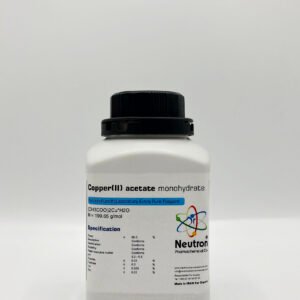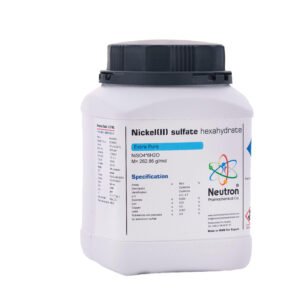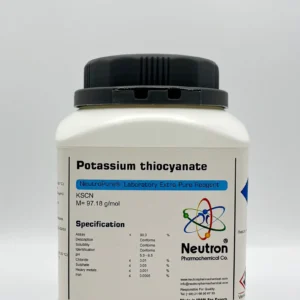di ammonium oxalate monohydrate
| Formula | C2H8N2O4*H2O |
| Chemical formula | ( NH4 ) 2C2O4*H2O |
| Density | 1.5 g/cm3 (20 °C) |
| Molar mass | 142.11 g/mol |
| Bulk density | ~ 480 kg/m3 |
| EC index number | 607-007-00-3 |
| CAS number | 6009-70-7 |
| HS Code | 29171100 |
| EC number | 214-202-3 |
| Storage | Without limitation |
| SDS | available |
| R phrase | R 21/22 |
| S phrase | S 24/25 |
| Odour | odourless |
| Form | solid |
| Color | white |
| p H | ~ 6.4(14g/l 20 °C) |
| Solubility in water | 45 g/l (20 °C) |
| Solubility in ethanol | sparingly soluble |
| Vapour pressure | low (20 °C) |
| Boiling point | (decomposition ) |
| Melting point | 70 °C (decomposition ) |
| Thermal decomposition | >70 °C |
| Assay | ≥ | 99 | % |
| Description | Conforms | ||
| Identification | Conforms | ||
| Solubility | Conforms | ||
| Heavy metals | ≤ | 0.005 | % |
| Iron | ≤ | 0.002 | % |
| Chloride | ≤ | 0.01 | % |
| Sulphate | ≤ | 0.02 | % |
| Residue on ignation | ≤ | 0.1 | % |
Diammonium oxalate monohydrate is a white, crystalline salt of oxalic acid, commonly used in analytical chemistry and industrial processes. It contains two ammonium ions per oxalate anion and one molecule of water of hydration, contributing to its solubility and stability in aqueous environments.
🏭⚗️ Production
Diammonium oxalate monohydrate is produced by neutralizing oxalic acid with aqueous ammonia in a controlled stoichiometric ratio. The resulting solution is then crystallized to form the monohydrate. The process is conducted under controlled temperature and pH conditions to ensure purity and minimize decomposition of the oxalate ion.
🔬 Properties
The chemical formula of diammonium oxalate monohydrate is (NH₄)₂C₂O₄·H₂O, with a molar mass of approximately 142.11 g/mol. It appears as a white, odorless crystalline solid. It is readily soluble in water and forms slightly acidic solutions. It decomposes upon heating, releasing ammonia and other nitrogen-containing gases. The compound is stable under dry, cool conditions but should be protected from moisture and strong acids or oxidizers.
🧪 Applications
Diammonium oxalate monohydrate is widely used in analytical chemistry, particularly as a complexing agent for metal ions and as a standard reagent in titrations involving calcium or iron. It is also used in photographic development processes, textile dyeing, and as a reducing agent in various chemical reactions. In biological applications, it may be used for the removal or precipitation of calcium ions. Additionally, it finds occasional use in metal surface treatments and electroplating baths.
⚠️ Safety
Diammonium oxalate monohydrate should be handled with care, as oxalates can be toxic if ingested or inhaled in large amounts. It may cause irritation to the eyes, skin, and respiratory system. Ingestion can lead to systemic toxicity, particularly due to oxalate’s ability to bind calcium and form insoluble calcium oxalate. Proper laboratory safety measures should be followed, including the use of gloves, goggles, and adequate ventilation. The compound should be stored in a tightly sealed container in a cool, dry location away from incompatible substances.





